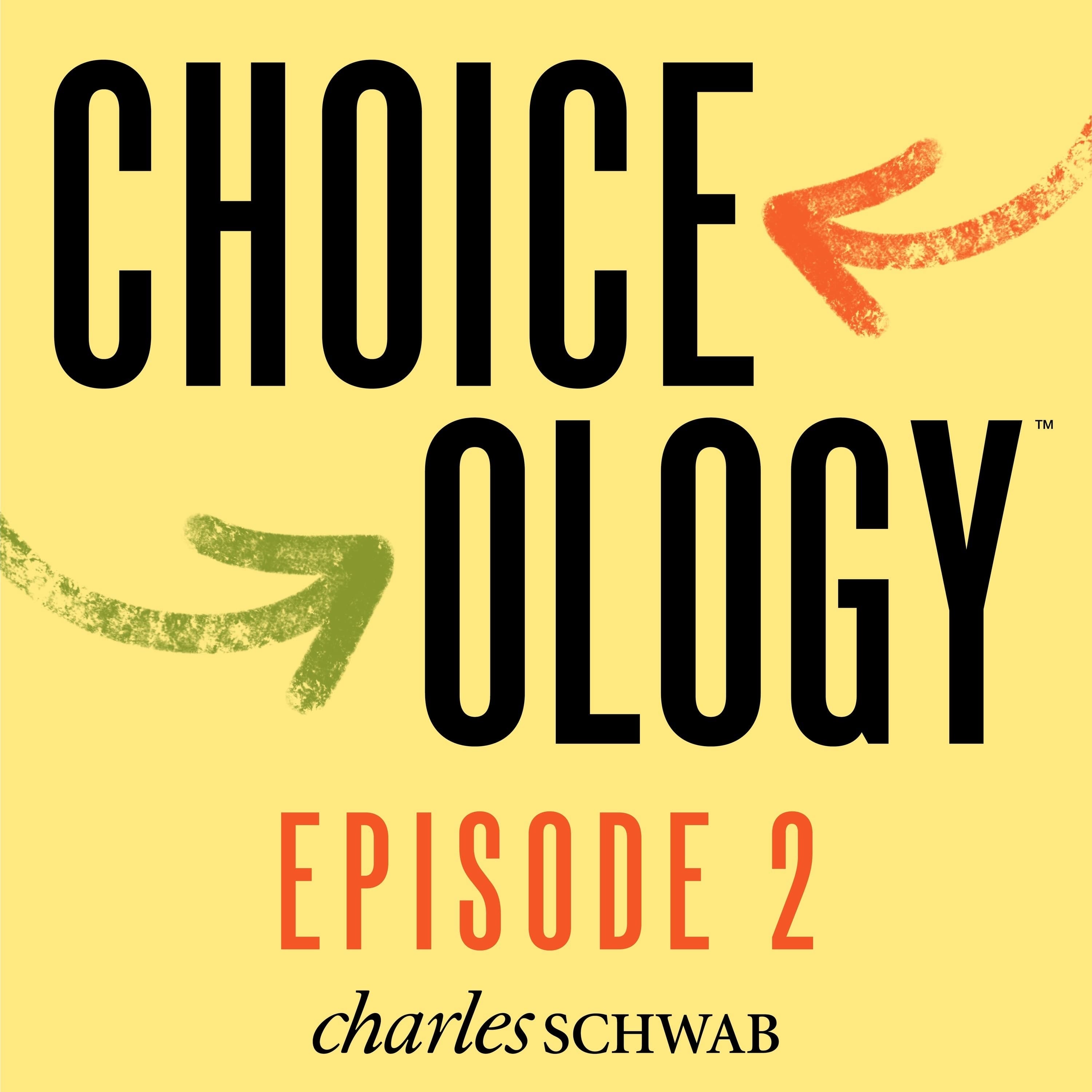The Big Impact of Small Changes
You don't make decisions in a vacuum. Context matters, perhaps more than you think. On this episode of Choiceology with Dan Heath:
- We explore the subtle, sometimes hidden structures that influence your decisions.
- You'll see how small changes in the way choices are presented can have a huge impact on everything from vandalism to traffic congestion to retirement savings.
- Tara Austin of Ogilvy Change tells the dramatic story of how she and her team worked to reduce street crime in a London neighborhood after a devastating riot—a surprisingly simple project that had a measurable impact. (You can see images from the project in this BBC News article.)
- You'll hear about an experiment we ran on a busy intersection in an attempt to reduce collisions between bicycles and pedestrians, using nothing but a roll of duct tape.
- And behavioral design expert Sille Krukow explains how choice architecture can channel our inherent laziness to help us make better decisions.
Choiceology is an original podcast from Charles Schwab.
If you enjoy the show, please leave a rating or review on Apple Podcasts.
Learn more about behavioral finance.
Explore more topics
All expressions of opinion are subject to change without notice in reaction to shifting market conditions. Data contained herein from third-party providers is obtained from what are considered reliable sources. However, its accuracy, completeness or reliability cannot be guaranteed.
Target date funds are subject to market volatility and risks associated with the underlying investments. Risks include exposure to international and emerging markets, small company and sector equity securities, and fixed income securities subject to changes in inflation, market valuations, liquidity, prepayments, and early redemption.
Target date funds asset allocations are subject to change over time in accordance with each fund's prospectus.
The values of target date funds will fluctuate up to and after the target dates. There is no guarantee the funds will provide adequate income at or through retirement.
Target date funds are built for investors who expect to start gradual withdrawals of fund assets on the target date, to begin covering expenses in retirement. The principal value of the funds is not guaranteed at any time. Also, please note that the target date represents an approximate date when investors may plan to begin withdrawing from the fund.
Apple Podcasts and the Apple logo are trademarks of Apple Inc., registered in the U.S. and other countries.
Google Podcasts and the Google Podcasts logo are trademarks of Google LLC.
Spotify and the Spotify logo are registered trademarks of Spotify AB.



